— 8 min read
Mission Critical Construction: Strategies for Success
Last Updated Apr 15, 2025
Last Updated Apr 15, 2025
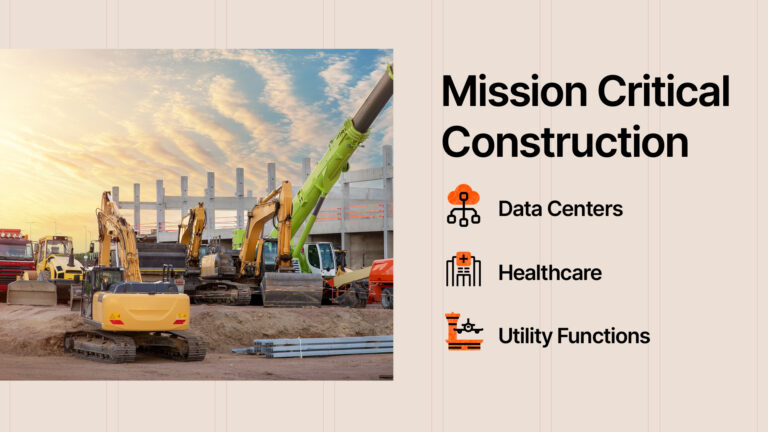
Mission critical construction involves building structures whose functions cannot afford to fail, as any disruptions can lead to significant consequences for society. Keeping data centers, hospitals, power plants and other vital facilities operational is imperative, as any interruption could cause widespread damage and even imperil lives.
These projects demand high levels of planning, skill and meticulous oversight, involving specialized contractors, project managers, engineers and designers to ensure seamless execution. In this article, we will explore what mission critical construction entails, its key features and the industries it serves. We'll also examine the benefits and challenges associated with these projects, including case studies and best practices for overcoming obstacles.
Table of contents
What is mission critical construction?
Mission critical construction focuses on designing and building resilient and reliable facilities to support essential business, government, healthcare and utility functions. This construction supports society by building structures that contain operations that, if they failed, would seriously disrupt society.
Mission critical construction often involves large and complex building projects that require precision to function correctly. The high standards, specialized materials and skilled labor involved make mission critical construction some of the costliest, with estimates of $600–$1,000 per square foot.
In a world of increasing threats to infrastructure, building resilient and durable mission critical projects requires using the latest technologies and materials. A data center outage in our digitally connected society can cause significant havoc, disrupting business, emergency and healthcare operations. Major companies and governments typically commission these complex projects to maintain infrastructure continuity.
What industries require mission critical construction?
Interconnected technological societies depend on many utilities, businesses and government structures to maintain continuity for economies and people. Any one type of mission critical construction that malfunctions or goes offline can impact other systems we rely on in our everyday lives. Some mission critical facilities include:
- Data centers
- Hospitals
- 911 call centers
- Power plants
- Water treatment facilities
- Banks and financial trading floors
- Telecommunications and broadcast facilities
- Emergency operations centers
Characteristics of Mission Critical Construction Projects
Modern commercial construction often includes some complexity, but mission critical projects are usually the most challenging to build and involve the following features:
Redundancies
Because these buildings' functions cannot be interrupted, the systems that keep them running need backups. To build in redundancy, buildings often employ Need + 1 (N+1) design, meaning that if the building needs water to fulfill its function, it needs a primary and a separate backup water source.
- Power and generator components need a backup system to operate if the first system fails.
- Water systems, especially in hospital plumbing systems, need a separate water source that can be switched on in the event of a water main break on the primary source.
- Cooling systems require a separate backup, especially at data centers, where keeping the equipment cool is vital to keeping it operational.
- Communication network requirements for all mission critical buildings require at least one backup network pathway and alternate communication channels to keep the facility functioning in any emergency.
Complex Design and Planning
With multiple mechanical, electrical and plumbing (MEP) systems, technology and other systems in mission critical structures, designing for systems to operate and integrate properly requires the collaboration of teams with specialized knowledge. Teams also need robust risk assessment and preconstruction planning for the precision of installation necessary for this complexity.
Build a Strong Foundation with our Preconstruction Course
With 20+ years of experience, Ben Ashburn teaches you how to streamline planning, bidding, and procurement for better outcomes.

High Operational Standards
Mission critical facilities handle emergency services and underlying infrastructure like data and power supplies that must function smoothly and reliably.
Constructed of high-quality materials and tested rigorously, these structures must comply with stringent building codes and industry standards. They also must be built with physical and cybersecurity protections to prevent intrusions that could hinder functions.
Precise and Specialized Construction
Construction is complex and requires participation and collaboration between many highly specialized trades, project managers, architects, engineers and owners. Precise execution is necessary to install complex systems so they interact properly, and any mistakes can be costly and challenging to mitigate.
Sustainable and Ready for the Future
Mission critical facilities need to be efficient and use sustainable methods and design to provide essential services to communities while using minimal resources and causing the least impact on nature and people. It also needs to be easily expanded, adapted and upgraded as community needs change, technologies advance and global risks to infrastructure proliferate.
Benefits of Mission Critical Construction
The forward-thinking nature of mission critical construction works to improve the delivery of services and maintain our society’s essential institutions. The methods employed in these projects can be a model for improving a construction company’s overall standards of operations. Here are some of the benefits of mission critical construction projects for companies:
Improved Safety Standards
Comprehensive planning, stringent standards and advanced safety protocols tailored to the high-stakes nature of these projects provide site safety for workers. Cutting-edge safety technologies and detailed risk management help give mission critical construction a reputation for lower incident rates. Heavy and civil engineering construction, which includes many mission critical projects, has lower rates of non-fatal incidents than other types of construction.
Enhanced Efficiency
The required precision and high cost of remediating errors force construction personnel to implement technology-based solutions to manage project execution. Thorough preconstruction planning and attentive project oversight using comprehensive software solutions allow managers to make data-informed decisions that improve efficiency, reduce errors and mitigate risks.
Ability to Upgrade Older Structures
Advances in building safety can supply renovation projects for companies capable of installing the latest improvements to enhance older mission critical facilities. Gaining experience upgrading security, reliability and sustainability features can help GCs add some of these elements to other construction types.
Enhancing building operations to improve services to communities and businesses is also a reputation booster for construction companies that complete these often high-profile projects.
Overcoming Challenges in Mission Critical Construction
Mission critical construction is high-stakes, demanding and often extremely complex. Understanding the challenges is key to successfully decreasing the probability of cost overruns or delivery delays. Here are some of the challenges, along with ways to minimize impacts on projects:
Mistakes Cost More
Highly technical, specialized trade work and advanced materials drive the higher price of mission critical construction. Mistakes during construction are more expensive and challenging to mitigate and can result in rework and blown budgets.
Implementing a construction management software solution that provides a single source of truth can help all stakeholders stay informed of change orders, schedules and communication. Project delivery methods like design-build or design assist bring in specialty trade experts during the design phase to make more constructible plans.
Supply Chain Constraints
Mission critical construction relies on specialized materials and components that must meet stringent quality and compliance criteria, making sourcing complex and time-sensitive. The global nature of construction supply chains introduces risks, such as geopolitical tensions, trade restrictions and logistical disruptions, which can all impact the timely delivery. Supply delays can jeopardize project timelines and compromise the facility's operational integrity.
Strategic planning, establishing strong relationships with reliable suppliers and diversifying sources to reduce dependency on a single vendor can help mitigate supply challenges. Transparent communication with vendors and trades, flexibility and contingency planning can also help navigate uncertainties.
Increased Safety Risks
While they often experience fewer accidents due to increased safety protocols, at the get-go, mission critical facilities present unique safety risks due to their complexity, accelerated timelines and the advanced technology often involved.
The precise execution necessary and the numerous contractors involved can increase the likelihood of accidents if not managed properly. Integrating cutting-edge systems and specialized equipment requires skilled labor, and any missteps can lead to safety hazards like electrical accidents, structural failures or hazardous material exposure.
Implementing comprehensive safety training, establishing clear communication channels and enforcing rigorous safety protocols tailored to the project can help diminish safety risks. Regular safety audits, real-time monitoring and a strong safety culture can also help identify potential hazards early, resulting in a safer construction environment.
Skilled Labor Shortages
Mission critical projects often require highly specialized skills to handle advanced technologies and complex systems integral to facilities like data centers and healthcare infrastructure. The scarcity of qualified professionals can lead to delays, increased costs and compromised quality, as projects can struggle to find personnel with the skills for specialized trades or rigorous project management. The aging workforce, an insufficient influx of new talent in construction and the increasing number of projects requiring these skills exacerbate this issue.
Companies must invest in training and development programs to upskill existing workers and attract new talent. Collaborating with educational institutions to recruit workers for careers in mission critical construction and implementing apprenticeship programs can also help build a robust pipeline of skilled labor.
Construction Technology Supports Mission Critical Construction
As mission critical facilities proliferate, companies must adopt cutting-edge technologies like AI and AR to optimize design and construction while meeting budget and delivery goals. These technologies enhance precision, improve safety and streamline complex workflows to help build facilities that can remain operational without interruption. Advanced project management tools and real-time data analytics enable effective resource management and proactive problem-solving.
Integrating sustainable practices and materials can minimize environmental impact and boost the resilience of these structures. The industry will also need to continue training a skilled workforce to meet the specialized demands of these projects. Mission critical construction contributes to reliably delivering the essential services that underpin our society, driving the construction industry to innovate and support the vital infrastructure on which our interconnected world relies.
Was this article helpful?
Thank you for your submission.
0%
0%
You voted that this article was . Was this a mistake? If so, change your vote here.
Scroll less, learn more about construction.
Subscribe to The Blueprint, Procore’s construction newsletter, to get content from industry experts delivered straight to your inbox.
By clicking this button, you agree to our Privacy Notice and Terms of Service.
Categories:
Tags:
Written by
Julia Tell
44 articles
Julia Tell is a freelance writer covering education, construction, healthcare, and digital transformation. She holds a Ph.D. in Media & Communications and has written for publications including Business Insider, GoodRx, and EdSurge, as well as nonprofits, international businesses, and educational institutions.
View profileExplore more helpful resources
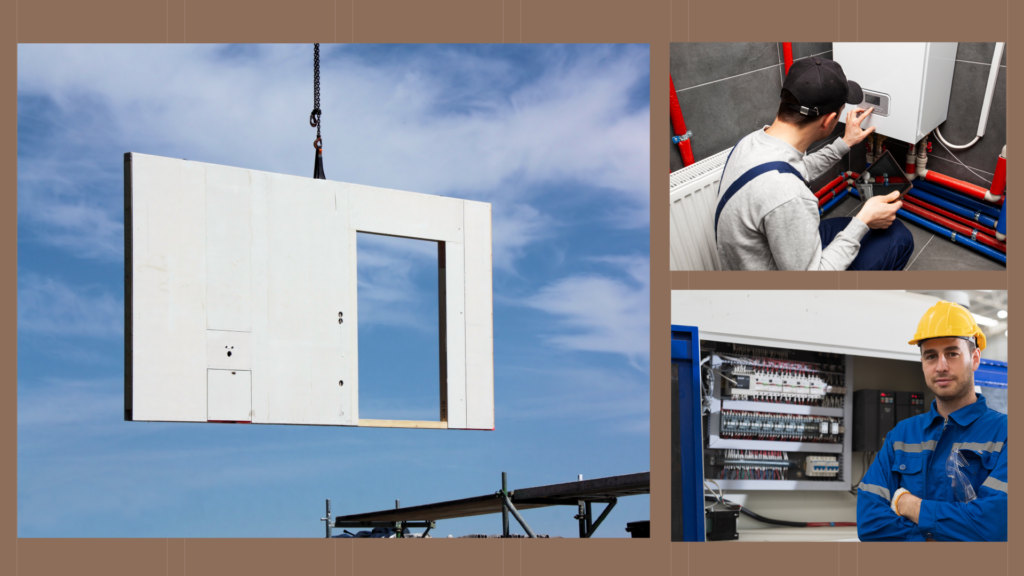
Modular Construction and MEP: A Collaborative Pairing
In an age of supply chain disruptions, workforce shortages, and rising material costs, off-site construction — including modular construction methods and prefabricated materials — is surfacing as a multipurpose solution....
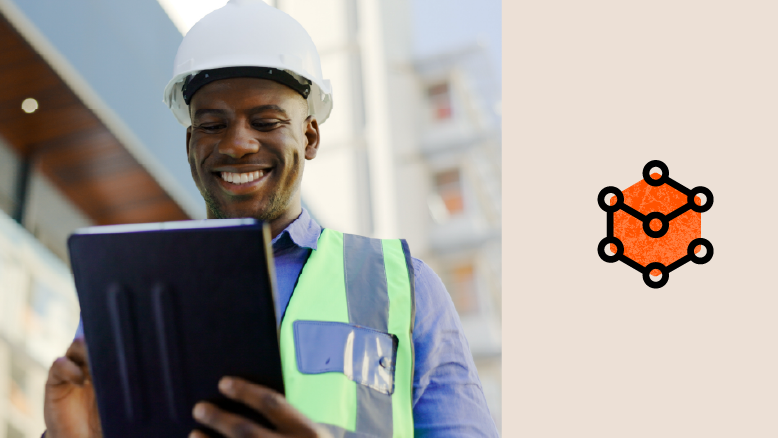
Connected Construction: Transforming the Industry Through Integration
Construction projects are becoming increasingly complex, so companies need to innovate to accurately and profitably complete these modern structures. Connected construction — using technology and data to improve communication, processes...
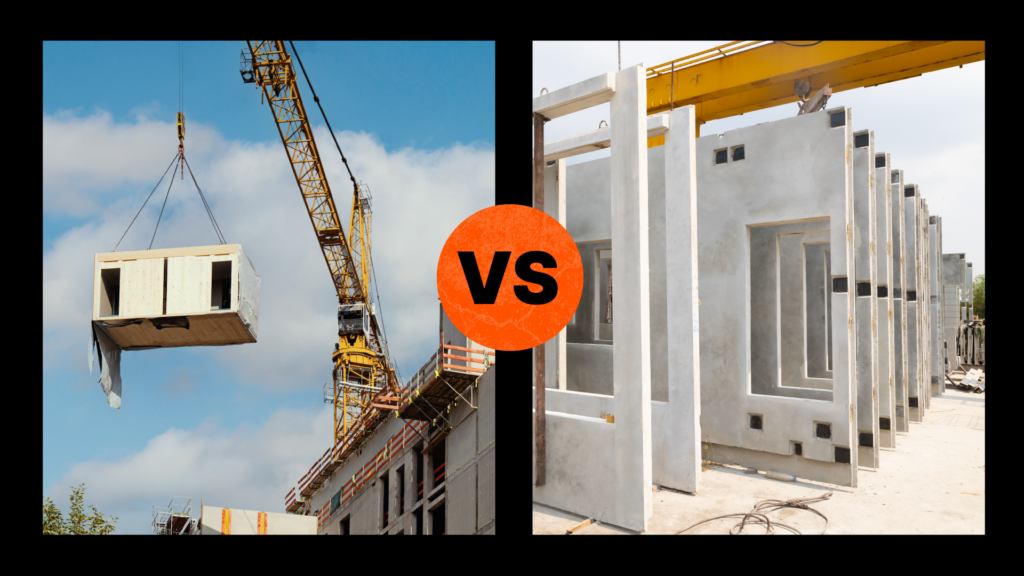
Off-Site Construction: Prefab vs. Modular
As the construction world becomes ever more competitive, deadlines get tighter and the margin for error gets slimmer, project owners around the world are always looking for an edge. Thanks...
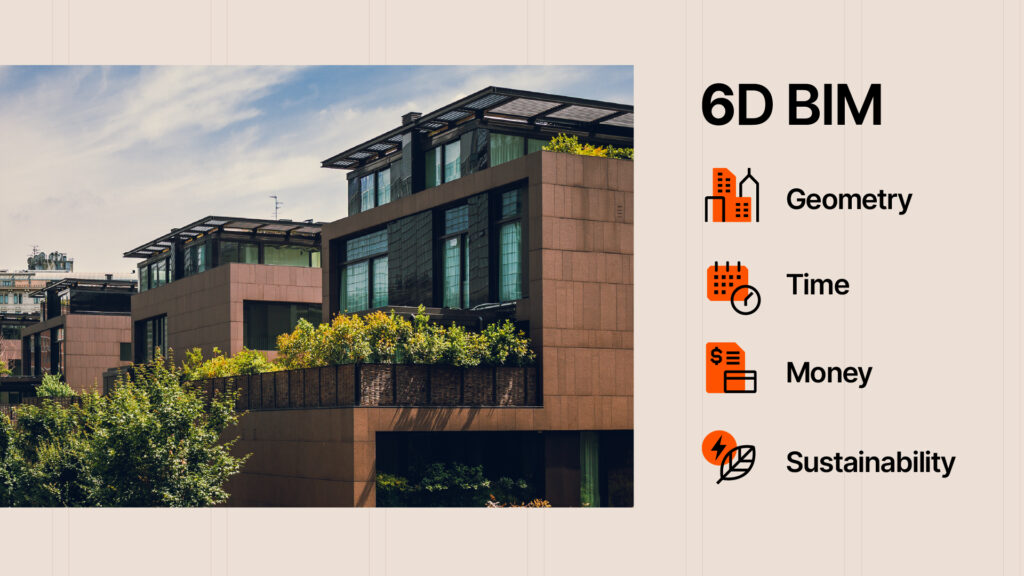
The Role of BIM in Sustainable Construction
Building information modeling (BIM) is transforming the architecture, engineering, and construction (AEC) industry. With this kind of sophisticated modeling, the industry has shifted from designing in 2D to 3D. This helps...